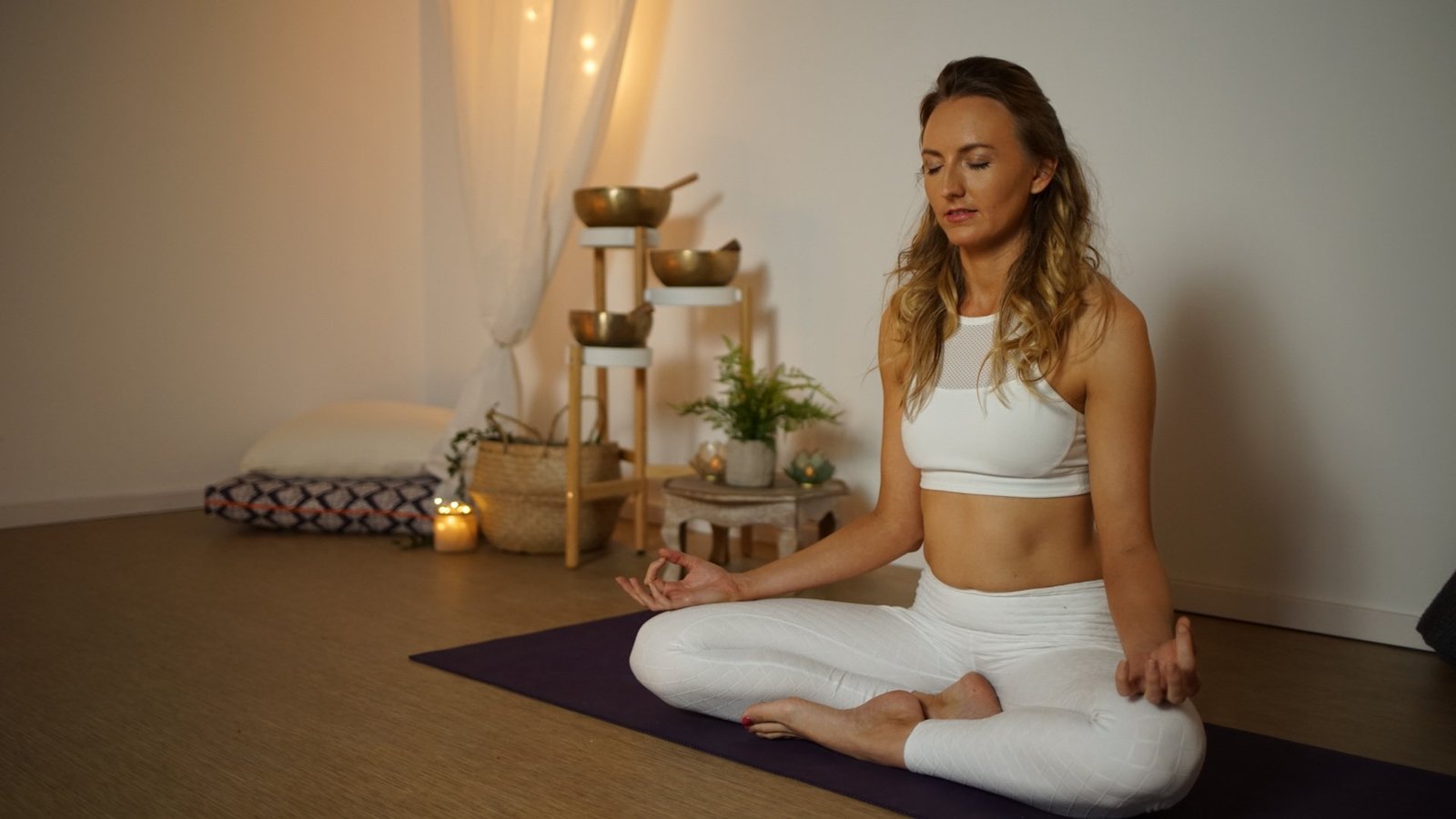In 2010, a research team—including Janice K. Kiecolt-Glaser, Ph.D., Lisa Christian, Ph.D., Heather Preston, B.A., Carrie R. Houts, M.S., William B. Malarkey, M.D., Charles F. Emery, Ph.D., and Ronald Glaser, Ph.D.—published a study titled Stress, Inflammation, and Yoga Practice in the medical journal Psychosomatic Medicine. They gathered 50 healthy women to take part in three separate sessions: yoga, movement control, and passive-video control.
The study grouped participants as either beginners or experts in yoga and measured their emotional state using the Positive and Negative Affect Schedule (PANAS)—a self-report questionnaire with two 10-item mood scales (positive and negative). Whether new or experienced, the researchers found that a fixed 10-pose yoga session increased positive emotions, while the other two conditions (movement and passive-video) led to a drop in positive emotions.
Positive Affect
Positive affect means feeling and expressing positive emotions, as well as the tendency to have uplifting experiences and relationships. It can show up as joy, contentment, or deep engagement. In yoga philosophy, the second niyama (personal observance; the second limb of yoga) is santosha, often translated as “contentment.”
Background and Sequence Details
For this study, the researchers designed a restorative sequence inspired by Iyengar’s teaching style, focusing on props for accuracy and comfort. (Note: Props weren’t used in the photos below.)
For guidance on prop use tailored to your body, check books by Iyengar or consult an experienced Iyengar teacher. The suggested durations for each pose were: Supta Baddha Konasana (10 minutes), Viparita Karani (10 minutes), and Savasana (15 minutes).
The Sequence
Supta Baddha Konasana (Reclining Bound Angle Pose)

Adho Mukha Svanasana (Downward Facing Dog)

Supported Uttanasana (Intense Forward Stretch)

Parsvottanasana (Intense Side Stretch Pose)

Prasarita Padottanasana (Wide-Legged Forward Bend)

Janu Sirsasana (Head-to-Knee Pose)
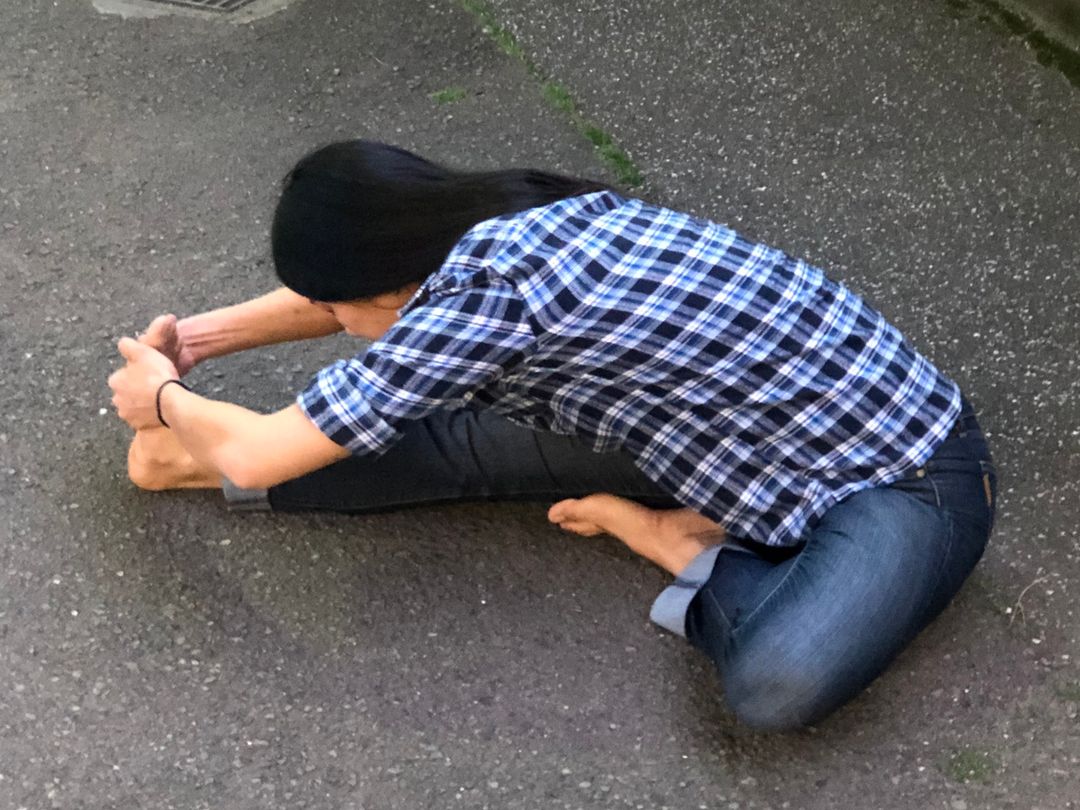
Bharadvajasana (Simple Seated Twist Pose)
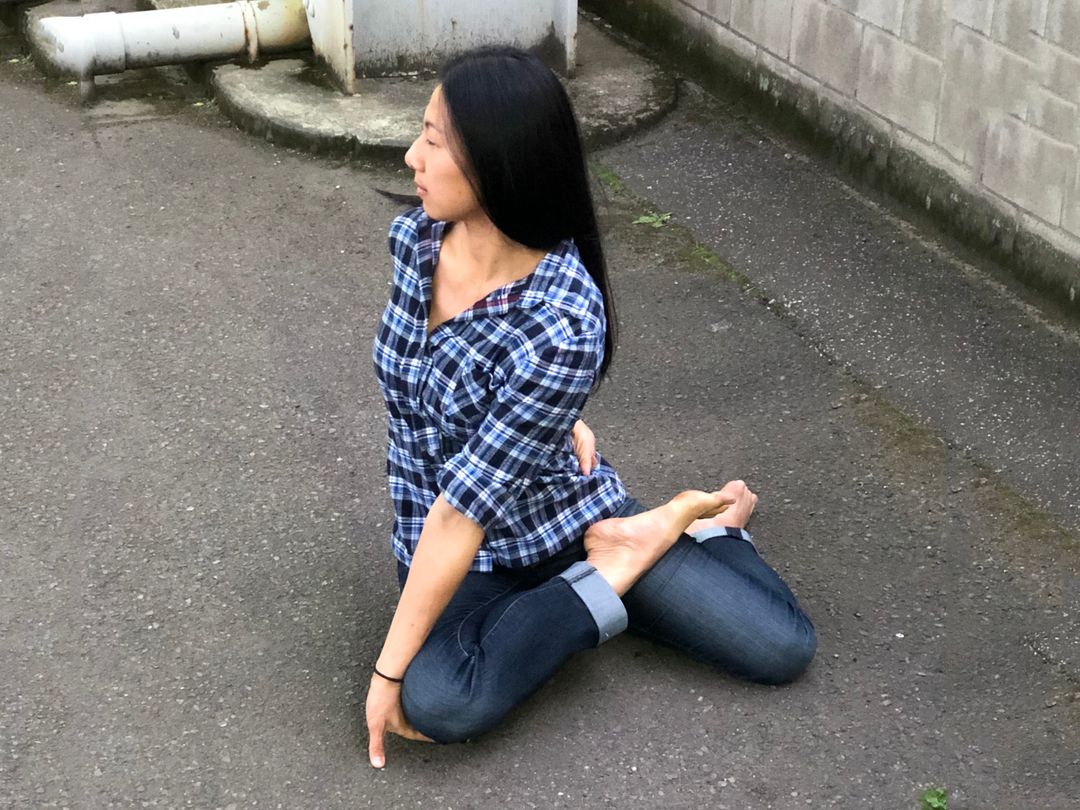
Viparita Karani (Restful Inversion)
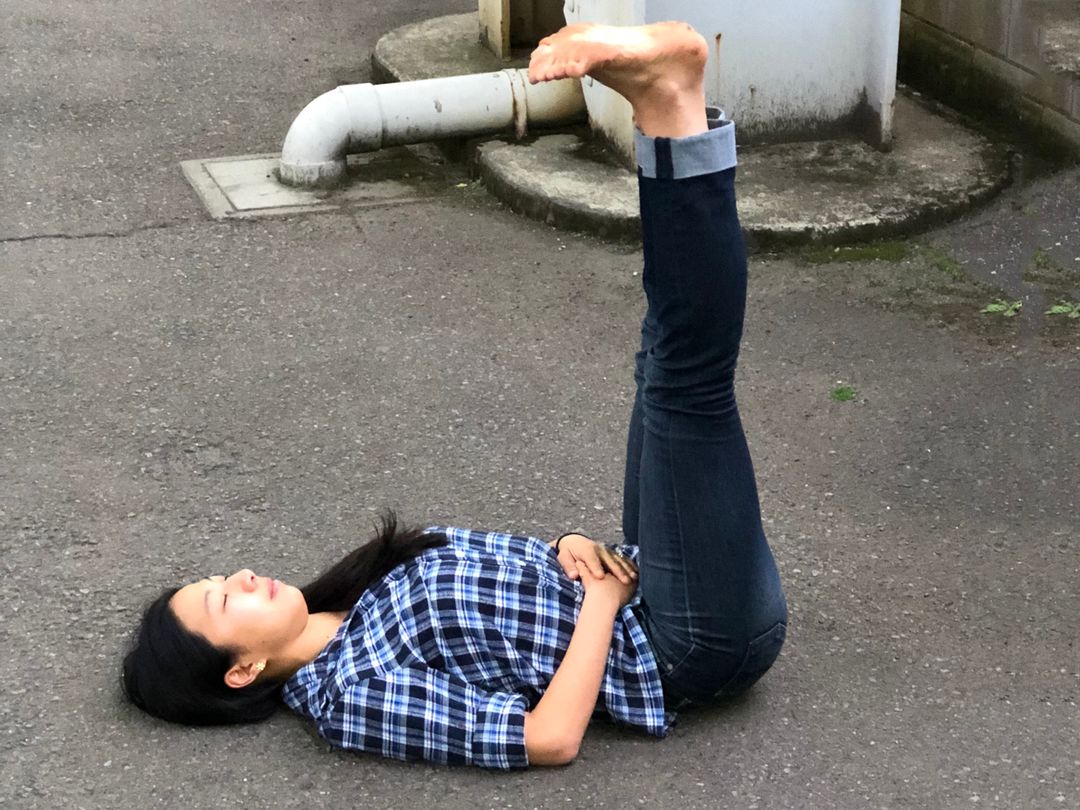
Supported Setu Bandha Sarvangasana (Bridge Pose)
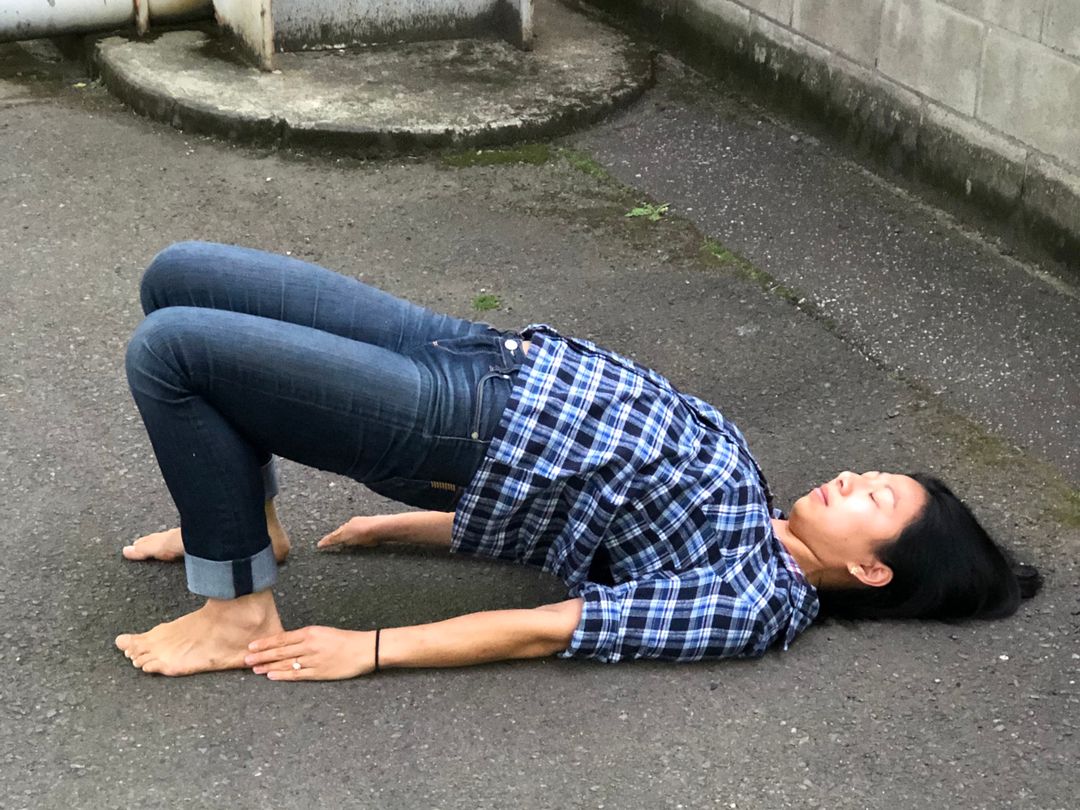
Savasana (Corpse Pose)

Kiecolt-Glaser and colleagues (2010) highlighted just one of many studies on the mind-body connection. Another example comes from 2004, when David Shapiro and Karen Cline, researchers from UCLA, published Mood Changes Associated with Iyengar Yoga Practices: A Pilot Study in the International Journal of Yoga Therapy. Their small group of 11 healthy yoga students attended nine 90-minute sessions centered on three types of poses: backbends, forward bends, and standing poses.
Their findings showed that backbends boosted self-reported positive moods, especially for those labeled “relatively hostile or depressed.” These effects lasted up to two hours after practice. Shapiro and Cline (2004) suggested that yoga could be studied further for its potential role in treating mood disorders and depression.
One of yoga’s fascinating—and challenging—aspects is that progress comes from steady, long-term practice. This lets you explore how poses influence your emotions.
Do you feel restless in some poses and content in others? Following Shapiro and Cline’s (2004) findings, you might focus on Urdhva Dhanurasana (Wheel Pose) when feeling low.
Of course, yoga isn’t a cure-all. It’s often helpful—and sometimes essential—to consult a doctor or mental health professional. Happy practicing, and may your positive emotions flourish!
